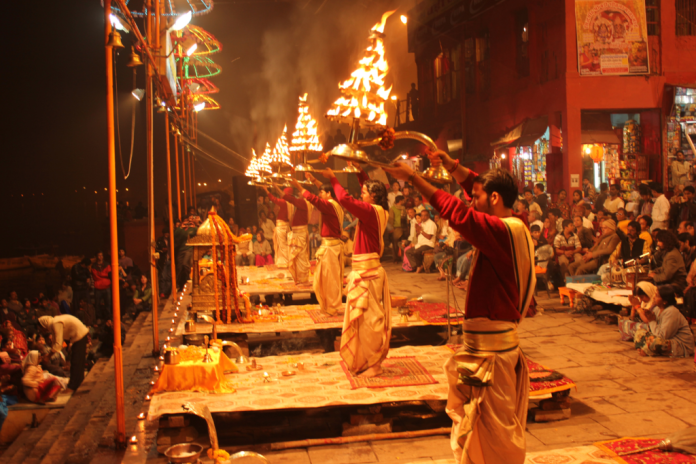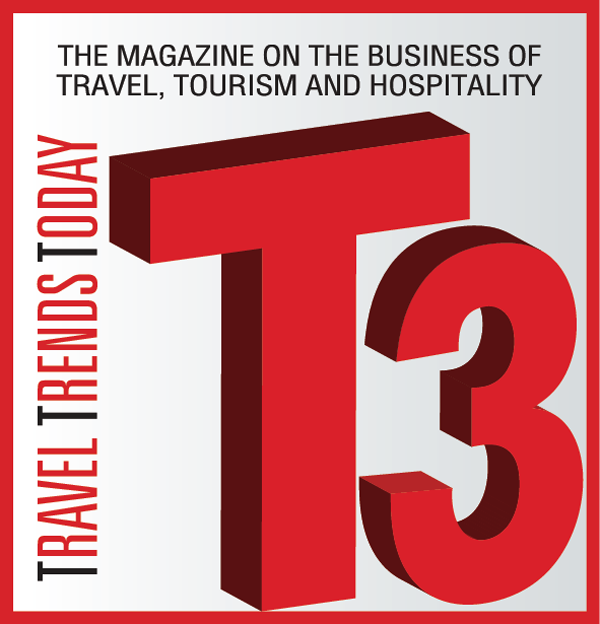How Culture Fuels India’s Heritage Tourism
 Representative image
Representative image
The shift from passive sightseeing to participative storytelling is transforming the travel landscape. Whether it’s attending a tribal festival in Nagaland, joining a pottery workshop in Rajasthan, or watching Kathakali in a village theatre in Kerala—today’s travellers are not just observers; they’re participants. On the occasion of World Heritage Day, Karan Agarwal, Director at Cox & Kings, delves deeper into this evolving travel narrative in the guest article below.
In India, culture is not just history—it’s a living, breathing part of everyday life. Every few kilometers, the landscape shifts not just in terrain, but in language, food, customs, clothing, and architectural style. This remarkable diversity is what makes India not just a country, but a continent of stories. Heritage tourism in India is not merely about monuments; it’s a journey through living traditions, centuries of art, and architectural grandeur that continues to shape communities today.
From the towering temples of Tamil Nadu to the Mughal marvels of Delhi, and from the stepwells of Gujarat to the sandstone forts of Rajasthan, every structure holds not just bricks and mortar, but the soul of a civilization. According to the Ministry of Tourism, cultural tourism accounted for nearly 40% of India’s tourist arrivals in 2023, with a 12% increase over the previous year. And this momentum is only growing, as more Indians seek connection, not just escape.
While iconic sites like the Hawa Mahal and Taj Mahal continue to draw crowds, destinations like Fort Kochi in Kerala are quietly captivating travellers with their colonial facades, spice-laden markets, and Chinese fishing nets that speak of centuries of global trade. In Vadodara, heritage walks now trace the cultural footprint of the Gaekwad dynasty—from Indo-Saracenic palaces to Italian bronze sculptures and ancient murals that narrate epics and local legends.
Social media too has played a pivotal role in democratising heritage travel. Today, a 30-second reel can turn a forgotten stepwell into a tourism hotspot. The Maha Kumbh Mela 2025, for instance, not only brought in millions of pilgrims but generated over INR 3 lakh crore in economic activity, while reinforcing India’s spiritual narrative on a global stage.
Then there are India’s hidden gems: the rock-cut sculptures of Unakoti in Tripura, said to be the resting site of Lord Shiva; or Shillong’s Cherry Blossom Festival, which in recent years has seen global artists like Akon perform amid Meghalaya’s local artisans, musicians and chefs. These events are not just festivals; they are portals into the layered cultural fabric of India.
Importantly, heritage travel is no longer reserved for the elite. A growing segment of domestic travellers are actively seeking deeper, more meaningful connections with their roots. Studies show that 92% of Indian travellers look for culturally unique souvenirs, and 84% prefer to support local businesses on their journeys.
This shift from passive sightseeing to participative storytelling is transforming the travel landscape. Whether it’s attending a tribal festival in Nagaland, joining a pottery workshop in Rajasthan, or watching Kathakali in a village theatre in Kerala—today’s travellers are not just observers; they’re participants.
At this intersection of culture and curiosity, Cox & Kings finds its renewed purpose. With over 260 years of heritage, we understand that travel is not just about seeing places—it’s about discovering who we are through them. And in a country like India, every journey is a story waiting to be retold.

(The author is Karan Agarwal, Director at Cox & Kings.)
**Disclaimer: The views and opinions expressed in this article are those of the author and do not necessarily reflect the official policy or position of the publication or its editorial team.

